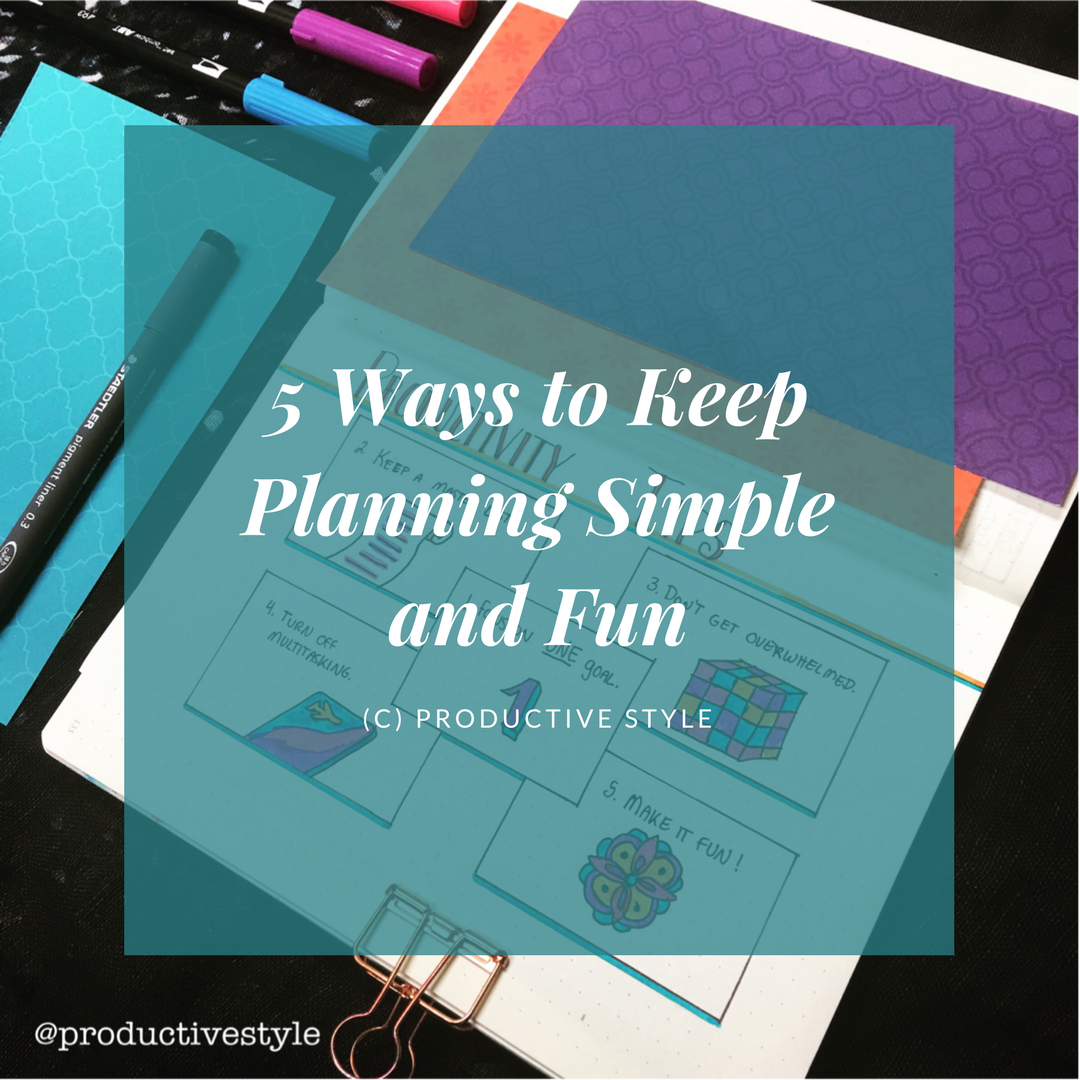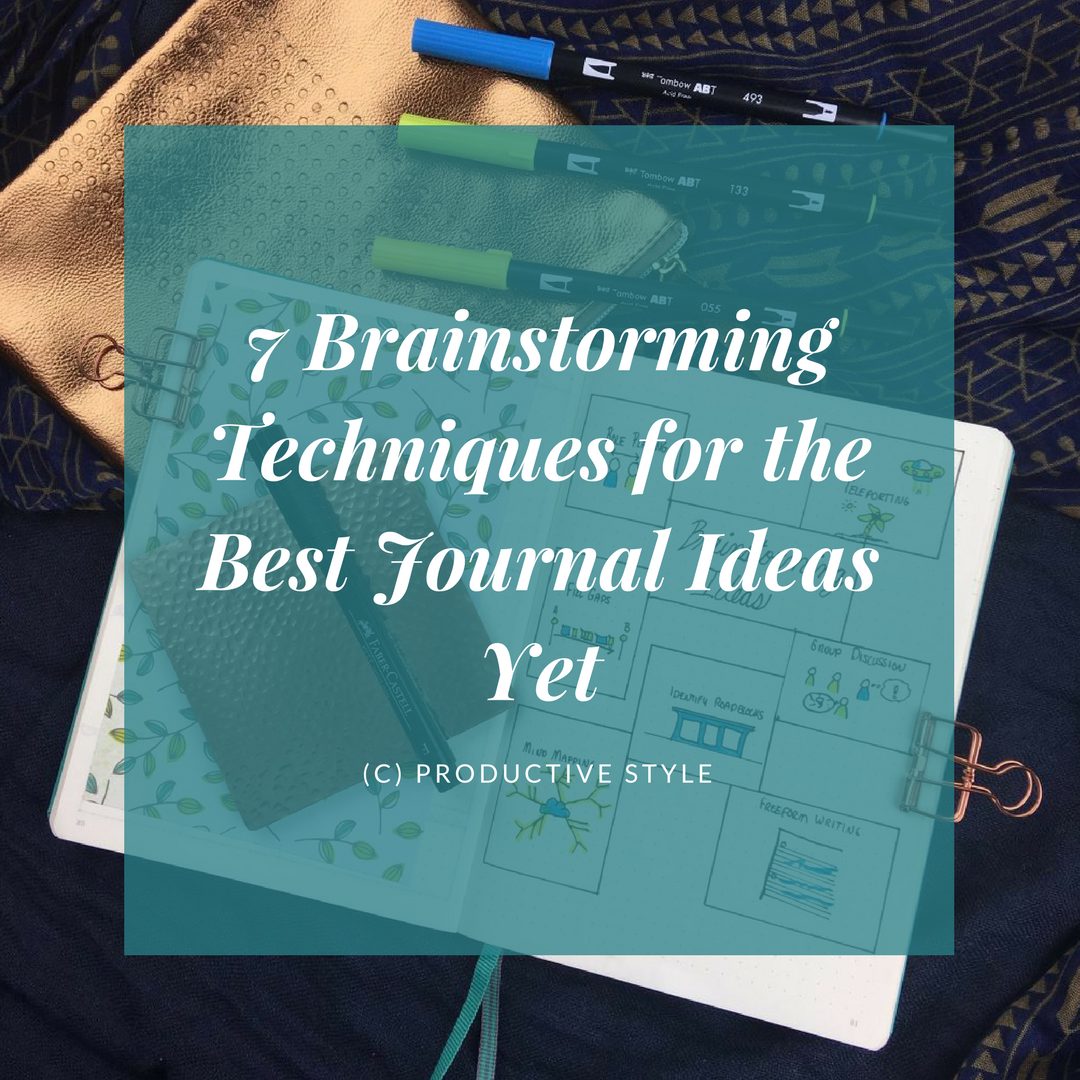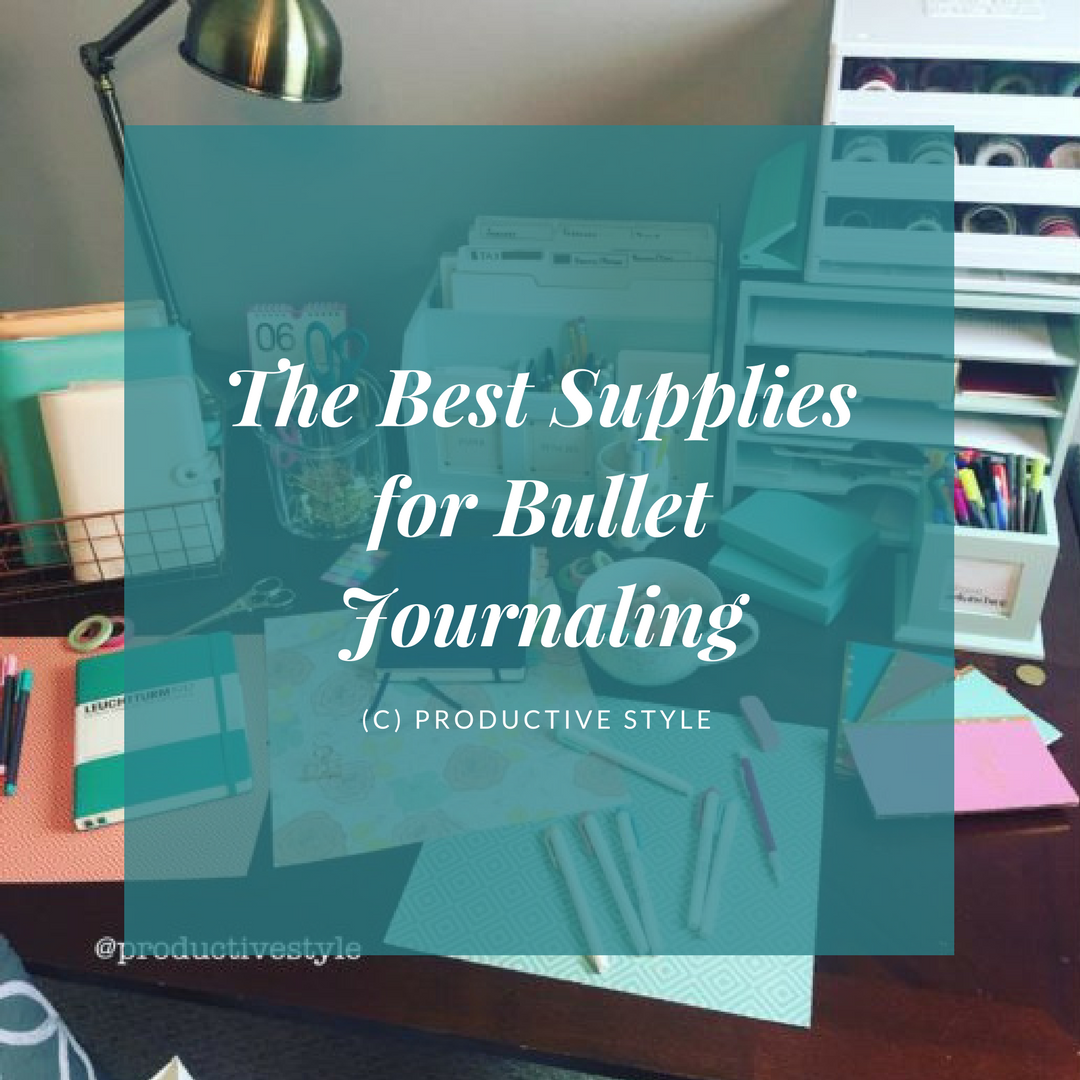One of the common threads I hear about journaling and planning from those that are just starting out is that planning can become overwhelming. It’s really easy to scroll through the beautifully drawn spreads across Instagram and Pinterest and become both inspired and frustrated. Be careful to not let inspiration set a high bar of perfectionism as you plan. You do NOT have to immediately incorporate every great idea you have into your journal. You do not always have to make picture-perfect plans. A minimal spread with a master to-do list and a weekly or monthly calendar page view are just fine for starting out. Here are a few ideas to help keep planning easy and enjoyable!

1. Focus on one goal at a time.
When you start planning, you may have lots of goals you’d like to accomplish. Perhaps you want to masterfully track items for your job, plan a home improvement project, and get healthy. Take some of the burden off and schedule a planning session with yourself for just ONE of those goals. Focus on how you can really break it down into action items and book those items to work toward that goal. Once that one big goal becomes a set of actionable to-dos, you can turn your focus to the next item. While studies have shown that we may or may not have limited willpower, depending on which you read, I’ve found that focus can really help me get the most done. If you channel all your focus and willpower into one goal instead of spreading it thinly, you will accomplish so much!

2. Keep a master list.
My go-to, most-important, and most-used item in my planner by far is my master to-do list. I work in software engineering and like many teams in that field, my team uses a methodology called Agile Software Engineering. One of the core tenants there is to keep a list of ALL the potential work items, called a backlog. That backlog can then be prioritized and tackled in priority order by the team. In my journal, I keep my own personal backlog/master to-do list.
3. Don’t get overwhelmed.
If you have a lot on your mind, it can become overwhelming to capture it all. Let it all go by adding it to your master list. Once it’s there, you can focus on prioritizing all of your to-dos and tackling those most important tasks first.
If you focus too much on the appearance of your planner, it can become easy to be overwhelmed trying to make everything perfect. Keep it fun. Add decoration and style to make it personal and unique and fun. Do as much or as little as you want!

4. Turn off multitasking.
This sound crazy… but turn off your phone. Put it in airplane mode. Don’t check your email. Just focus on deciding the top priorities and making plans. Then wake everything back up and go into action! You will get more done!

5. Make it fun!
Planning and journaling can be such an enjoyable creative outlet. Keep the spark you first felt when you discovered it alive by trying out new tools and techniques on occasion (as you have time to do so). Make your pages colorful, make them a reflection of your own unique style!
I hope you enjoyed this post! If you did, let me know in the comments below! If you would like to see posts on any particular aspects of planning or productivity, comment too and let me know! Happy planning!
Supplies Used:
Tombow Dual Brush Pens – Bright

Rifle Paper Company Botanicals Notebook Collection
Staedtler Triplus Fineliner Pen
* Note: Some links above are affiliate links. I may receive a small commission if you purchase something through the links here, at no cost to you. These are all products that I use and love, and any purchases made help support my site and newly-found stationary addiction. Thank you so much for your support and don’t hesitate to get in touch if you have questions!




























